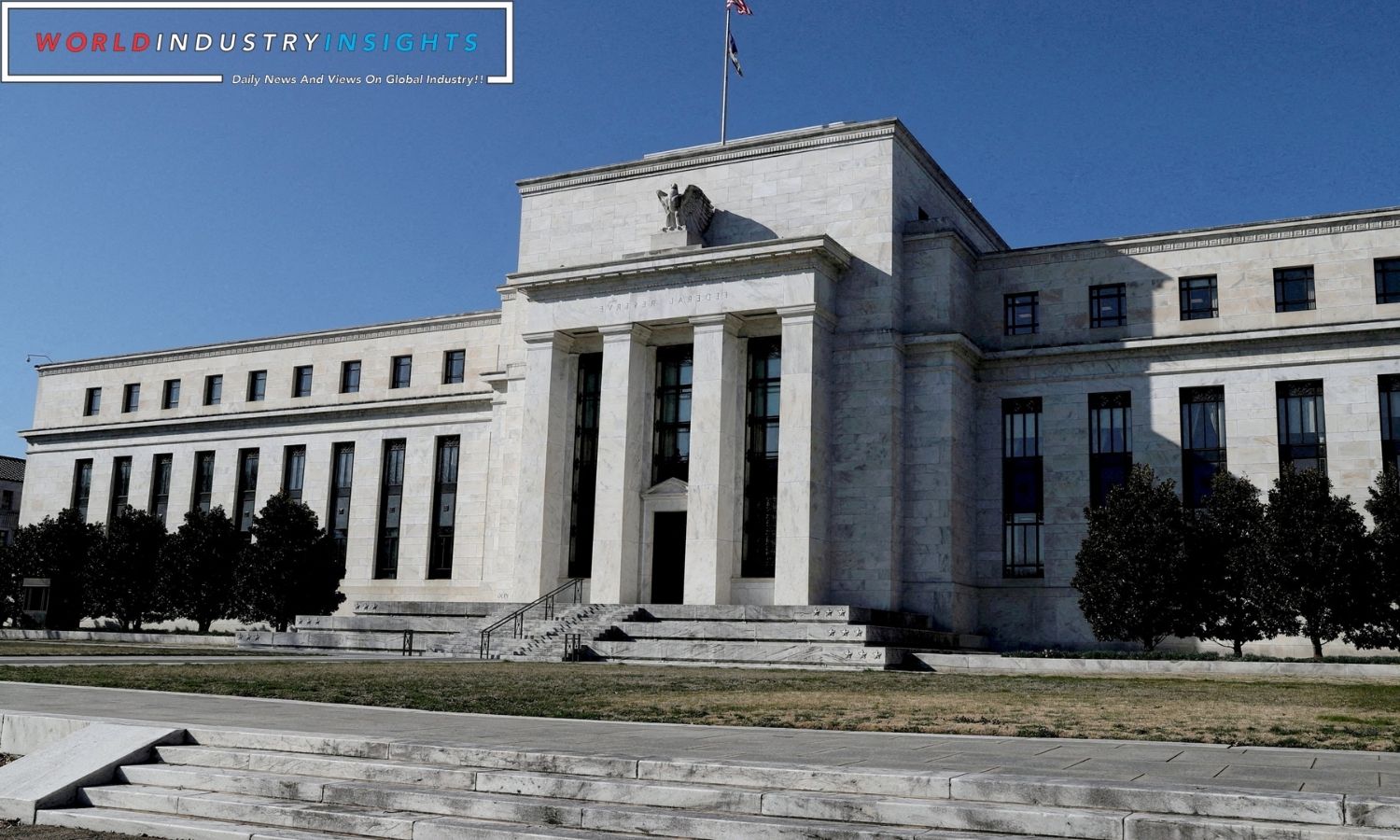Federal Reserve Addresses Persistent Inflation Concerns: Federal Reserve Chairman Jerome Powell made an important announcement at the Federal Reserve Bank of Kansas City’s annual conference. The U.S. is still fighting inflation, he said. The speech’s key point was Interest rates could rise more.
According to Jerome Powell, the Fed’s principal goal is to lower inflation to 2%. Inflation is still too high despite its decline. He said, “We are ready to raise rates even more if necessary.” Interest rates rose 11 times in 17 months, reaching their highest level in 22 years in July. This has reduced annual inflation from last June’s 40-year high of 9% to 3%. Food, housing, and gas prices are still substantially higher than before the outbreak.
With the economy improving, the U.S. is getting complicated. The labor market and consumer expenditure indicate a solid economy. Still, the issues are evident, especially over how fast interest rate increases will harm the economy.
Powell said the economy is guided “by the stars under cloudy skies.” The Fed seeks a “soft landing” without increasing employment losses. This indicates a continuing conflict.
Also Read: Federal Reserve Impact on Danvilles Economy: Caesars Casino Surges Amid Rate Hikes
Powell highlighted the current uncertainty by saying, “We are navigating by the stars under cloudy skies.” Even while inflation is falling, the economy is providing contradictory signals. Fortunately, assessments show that inflation has dropped significantly without affecting the economy. There are concerns that the Fed’s method may need to be more stringent to assure long-term stability.
The average interest rate between 5.25 and 5.5 percent makes it challenging to assess the current monetary policy. Powell raised the crucial issue of finding a “neutral” interest rate to slow the economy. This makes determining policy difficult.
They added what the Fed generally says about inflation. The pandemic raised commodities and home prices, but they are now falling. However, consumers’ spending on a wide range of services and a tight employment market could make it difficult to reach 2% inflation.
Core inflation, which excludes food and energy, is falling, giving hope. Powell cautioned, “Two months of good data are just the beginning of what it will take to build confidence that inflation is going down sustainably.”
Powell thinks that much of the services sector (excluding housing) requires reform, which could stall the economy. “It’s likely that restrictive monetary policy will become more important.” The aim? Powell reiterated their purpose of long-term inflation of 2%.
Our Reader’s Queries
Does the Federal Reserve address inflation?
The Fed has been tasked by Congress to ensure price stability by managing inflation, promote low unemployment by creating maximum sustainable employment, and maintain moderate, long-term interest rates. These mandates are crucial in maintaining a stable economy and ensuring that the country’s financial system remains healthy. By fulfilling these mandates, the Fed plays a vital role in the overall economic well-being of the nation.
What are the Fed’s saying about inflation?
Despite the mixed economic data, the Fed’s focus on fighting inflation is crystal clear, according to Powell. He emphasized that achieving this goal will require a significant reduction in the rate of price increases. Powell acknowledged that the process of bringing inflation down to a sustainable 2% level is a long-term endeavor.
Why is inflation a constant concern of the Federal Reserve?
Economically speaking, inflation rates at this level are typically viewed as positive. However, if the rate is too high, it can hinder the public’s ability to make informed long-term financial decisions and come with various costs. On the other hand, a lower rate may make it challenging to maintain a stable economy.
What is persistence inflation?
Inflation persistence can be categorized as intrinsic or extrinsic. Intrinsic persistence is a result of the internal dynamics of price and wage decisions. This means that if there is a sudden increase in inflationary pressures, one can expect inflation to remain high for a prolonged period.


